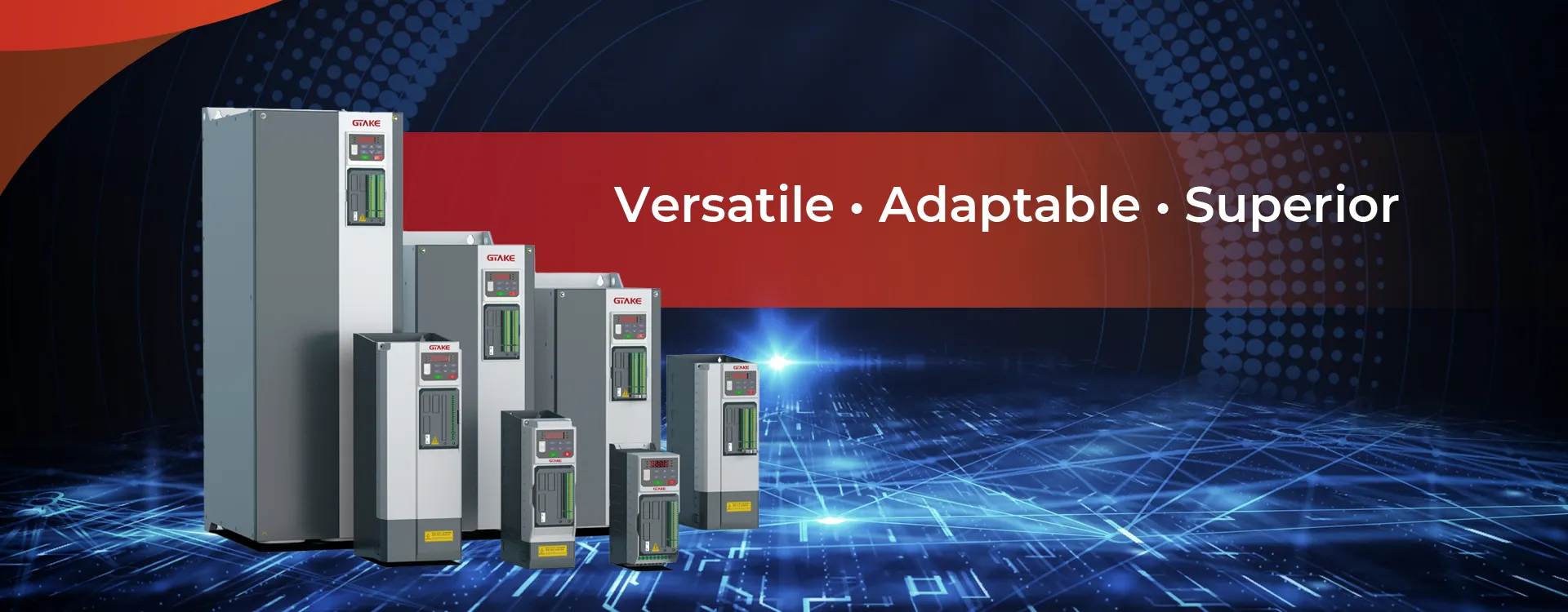Bidirectional AC/DC Converter: An In-Depth Guide
A bidirectional AC/DC converter is a critical component in modern power electronics, capable of converting both AC (alternating current) and DC (direct current) power. Unlike traditional converters that only convert from AC to DC or vice versa, bidirectional converters can perform both conversions in either direction, making them an essential technology in systems where power flows in both directions. These converters are widely used in applications such as renewable energy systems, electric vehicles (EVs), uninterruptible power supplies (UPS), and energy storage systems.
This article explores the working principles, benefits, applications, and considerations for choosing the right bidirectional AC/DC converter.
What is a Bidirectional AC/DC Converter?
A bidirectional AC/DC converter allows energy to flow in two directions:
- AC to DC Conversion (Rectification Mode):
- When AC power is supplied to the converter, it rectifies the AC voltage into DC voltage. This is commonly needed for charging batteries or powering DC systems from an AC source.
- DC to AC Conversion (Inverter Mode):
- When DC power is supplied, the converter can invert the DC into AC. This feature is particularly useful in applications like solar power systems or energy storage systems, where energy from DC sources (like batteries or renewable energy systems) is converted to AC for use by the grid or AC-powered devices.
Bidirectional AC/DC converters enable energy recovery and storage in systems, optimizing energy flow and improving system efficiency. They are vital in situations where power needs to flow both ways, such as when a system generates power (through regenerative braking or renewable energy sources) and requires storage or conversion for later use.
How Does a Bidirectional AC/DC Converter Work?
The operation of a bidirectional AC/DC converter is based on advanced semiconductor technology and power control strategies. It typically involves the following steps:
- AC to DC Conversion (Rectification):
- The AC input is passed through rectifiers, which convert the alternating current into direct current. This conversion involves the use of semiconductor devices like diodes or thyristors.
- The DC voltage output is typically regulated to a stable value using control loops and feedback mechanisms.
- DC to AC Conversion (Inversion):
- In inverter mode, the DC voltage is fed into an inverter circuit, typically made of transistors such as IGBTs (Insulated Gate Bipolar Transistors) or MOSFETs (Metal-Oxide-Semiconductor Field-Effect Transistors).
- The inverter switches the DC current on and off at high frequencies, generating an AC output with the required voltage and frequency.
- Power Flow Control:
- Advanced control algorithms manage the flow of energy between the AC and DC sides, ensuring optimal performance under varying load conditions.
- This control also ensures safe operation by monitoring and adjusting voltage, current, and frequency in real time.
- Bidirectional Power Flow:
- The key feature of a bidirectional converter is its ability to switch between rectification and inversion modes depending on the system’s needs. This allows energy to either flow from the AC grid to DC loads (charging) or from DC sources (like batteries) to the AC grid (discharging or inversion).
Key Benefits of Bidirectional AC/DC Converters
- Energy Regeneration and Efficiency:
- One of the most significant advantages of bidirectional converters is their ability to regenerate energy. For instance, in electric vehicles, a bidirectional AC/DC converter can absorb energy during braking (when the vehicle’s kinetic energy is converted back into electrical energy) and store it in a battery or send it back to the grid.
- Versatility in Power Systems:
- Bidirectional converters are highly versatile. They can be used in applications where energy needs to flow both from the grid to a battery (or other DC storage) and from the battery to the grid. This flexibility makes them suitable for a wide range of applications, including renewable energy systems, energy storage, and electric vehicles.
- Reduced Need for Separate Devices:
- Traditional systems may require separate AC/DC converters for charging and inverters for energy supply. A bidirectional converter combines both functions in one device, reducing system complexity, space requirements, and overall cost.
- Improved Power Quality:
- Bidirectional AC/DC converters are designed to handle complex power flows and deliver high-quality power. This is essential in applications like power grid integration and electric vehicle charging stations, where smooth and stable power delivery is critical.
- Battery Management:
- In battery systems, bidirectional converters facilitate efficient charging and discharging of the battery. By controlling the flow of energy, these converters help optimize battery life and performance.
Applications of Bidirectional AC/DC Converters
- Electric Vehicle (EV) Charging and Regenerative Braking:
- Bidirectional AC/DC converters are widely used in electric vehicle charging stations. They not only convert AC from the grid into DC to charge EV batteries but can also facilitate regenerative braking, where energy generated during braking is returned to the battery or the grid.
- Renewable Energy Systems (Solar and Wind):
- In solar power and wind energy systems, bidirectional AC/DC converters are essential for converting the DC power from solar panels or wind turbines to AC for use in homes or businesses. These converters also allow energy to flow back to the grid from the battery storage when required, improving grid stability and reducing energy waste.
- Energy Storage Systems:
- In grid-tied energy storage systems, bidirectional converters manage the bidirectional flow of power between batteries (DC) and the grid (AC). These systems store excess energy generated from renewable sources and feed it back into the grid when demand is high or during power outages.
- Uninterruptible Power Supplies (UPS):
- In UPS systems, bidirectional AC/DC converters play a key role in providing continuous power. They can convert AC power from the grid into DC to charge batteries, and when the grid fails, the converter switches to inverter mode to provide AC power from the DC battery storage to critical equipment.
- Microgrids and Off-Grid Systems:
- In microgrids or off-grid systems, bidirectional converters facilitate the integration of different energy sources (like solar, wind, and batteries), converting power between AC and DC as needed to optimize energy storage and usage.
- Regenerative Drives:
- In industrial applications, regenerative drives use bidirectional AC/DC converters to recover energy from decelerating motors and send it back to the system, improving overall energy efficiency.
How to Choose the Right Bidirectional AC/DC Converter
Selecting the right bidirectional AC/DC converter requires careful consideration of several factors:
- Power Rating:
- Ensure that the converter can handle the maximum power required for your application. The power rating should cover the peak power demand for both sourcing and sinking modes.
- Voltage and Current Specifications:
- The converter should match the voltage and current requirements of both the AC input and DC output sides. Verify that the converter can handle the maximum input/output voltage and current.
- Efficiency:
- Choose a converter with high efficiency to minimize energy losses. High efficiency is crucial in applications like renewable energy systems and battery charging to maximize the usable energy.
- Control Features:
- Look for converters with sophisticated control systems that can manage power flow, optimize performance, and ensure safe operation under varying load conditions.
- Protection Mechanisms:
- Ensure the converter includes overvoltage, overcurrent, and thermal protection to safeguard both the converter and the connected devices.
- Size and Integration:
- The size of the converter should fit the available space in your system. Consider the ease of integration with other components, especially if you’re building a compact or modular system.
Conclusion
Bidirectional AC/DC converters are essential for applications requiring flexible energy flow between AC and DC systems. From electric vehicle charging stations and renewable energy systems to energy storage and UPS systems, these converters play a crucial role in improving efficiency, power quality, and overall system performance. Their ability to operate in both rectification and inversion modes enables energy regeneration, making them vital components in modern power electronics.
By understanding their working principles, benefits, and applications, you can make informed decisions when selecting a bidirectional AC/DC converter for your specific needs, ensuring optimal performance and energy efficiency across various industries.

